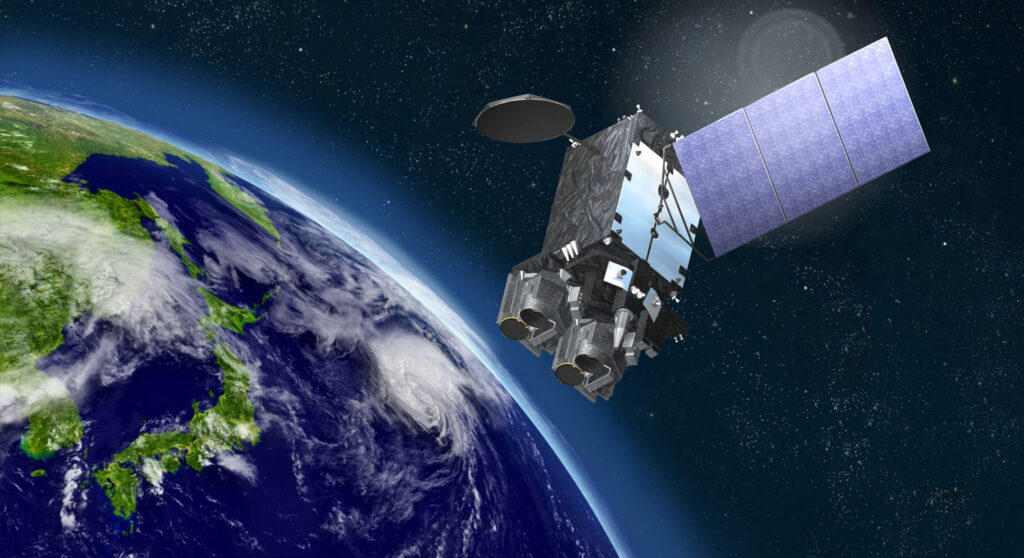The Japan Meteorological Agency (JMA) has awarded Mitsubishi Electric Corporation the contract to build its new Himawari-10 geostationary meteorological satellite.
Himawari-10 will succeed Himawari-8 and Himawari-9, which are currently operating in geostationary orbit. JMA awarded the contract based on Mitsubishi Electric’s extensive experience with satellites and capabilities of its DS2000 standard satellite platform and ground-data processing software. Himawari-10 will be the fourth JMA satellite to be built by Mitsubishi Electric going back to Himawari-7 around two decades ago.
The new satellite will be equipped with a visible infrared imager and a hyperspectral infrared sounder, both built by L3 Harris Technologies, and a space environment sensor from the National Institute of Information and Communications Technology of Japan (NICT).
The imager, which offers observation wavelength bands and resolutions superior to those of the Himawari-8 and 9, will gather two-dimensional information about cloud and water-vapor distribution, and land, sea and cloud temperatures based on frequent measurement of visible to infrared rays emitted from the Earth’s surface.
Himawari-10 will be the first Japanese satellite to use a hyperspectral infrared sounder to gather three-dimensional information about water vapor and atmospheric temperature by measuring infrared rays with high-spectral resolution for improved forecasting of heavy and torrential rain as well as typhoon paths.
The space environmental sensor will measure the intensity of proton and electron beams in space, which often are the cause of spacecraft malfunctions, to enhance forecasting reliability.



